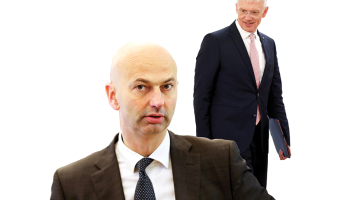
Foto: Artūrs Kārkliņš, F64
Many of my entries concern the current economic situation and they often discuss short run demand-side stabilization policies (or lack thereof) such as fiscal and monetary policy.
But in a way I am more interested in the long run and thus in the supply side of the economy: Economic growth and possible convergence in Latvian GDP per capita with that of the EU. More GDP provides opportunity for both more private spending (most would enjoy that, certainly) and more public spending (better infrastructure, better hospitals, better education etc), which we all would benefit from, too.
But Latvia is still quite far behind the EU average, being the 3rd poorest of the EU countries with a level of GDP per capita roughly at 50% of the EU average. Negative interpretation: Poor country. Positive spin: Lots of catch-up potential!














